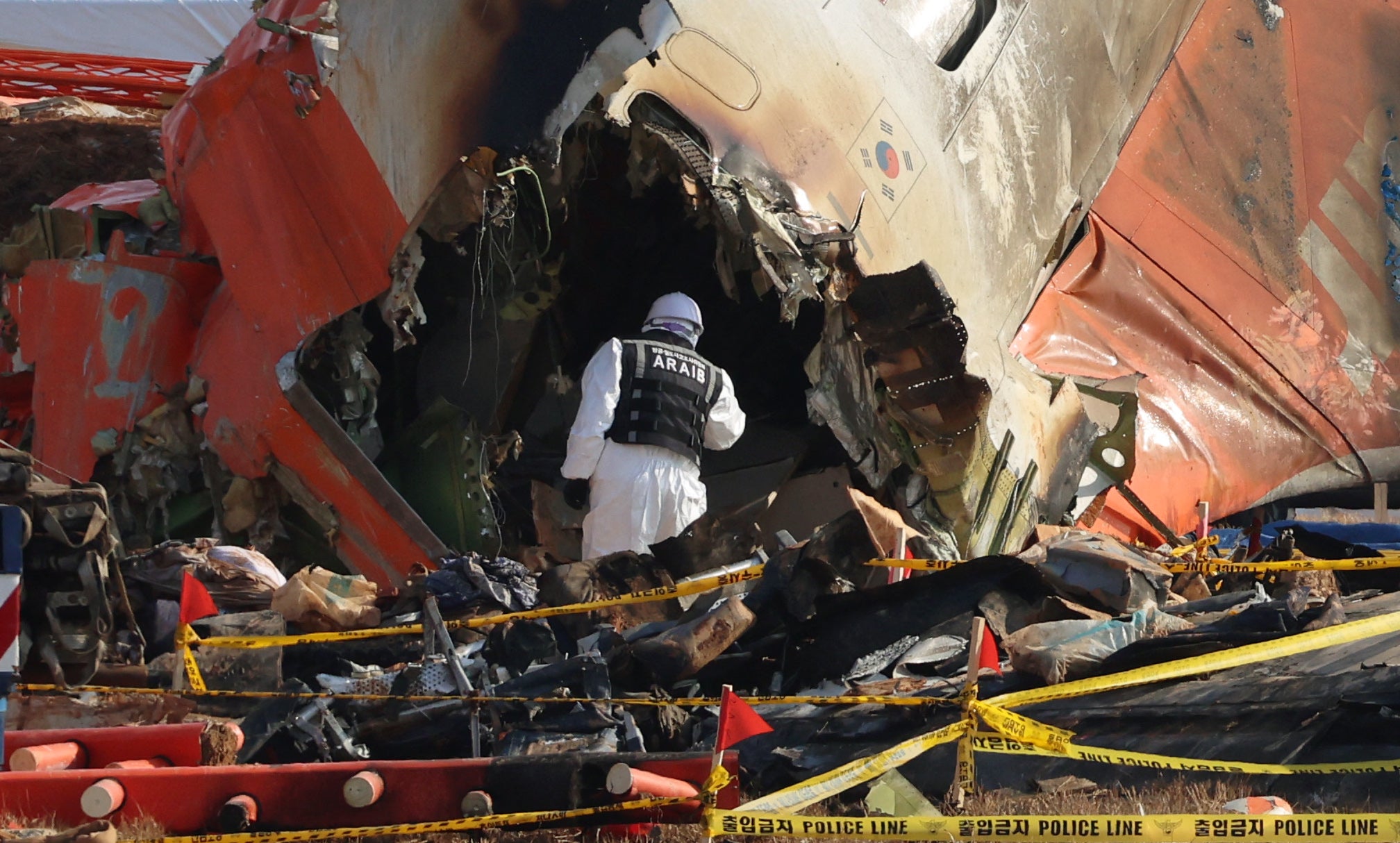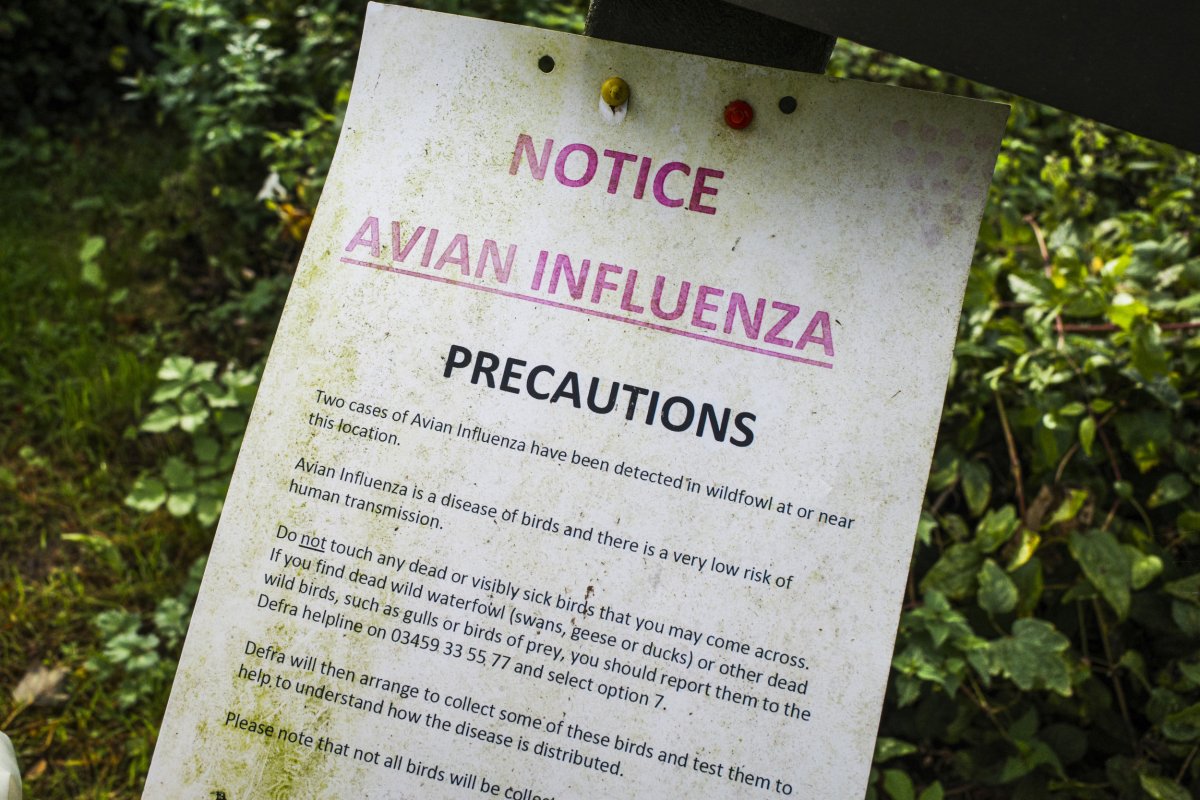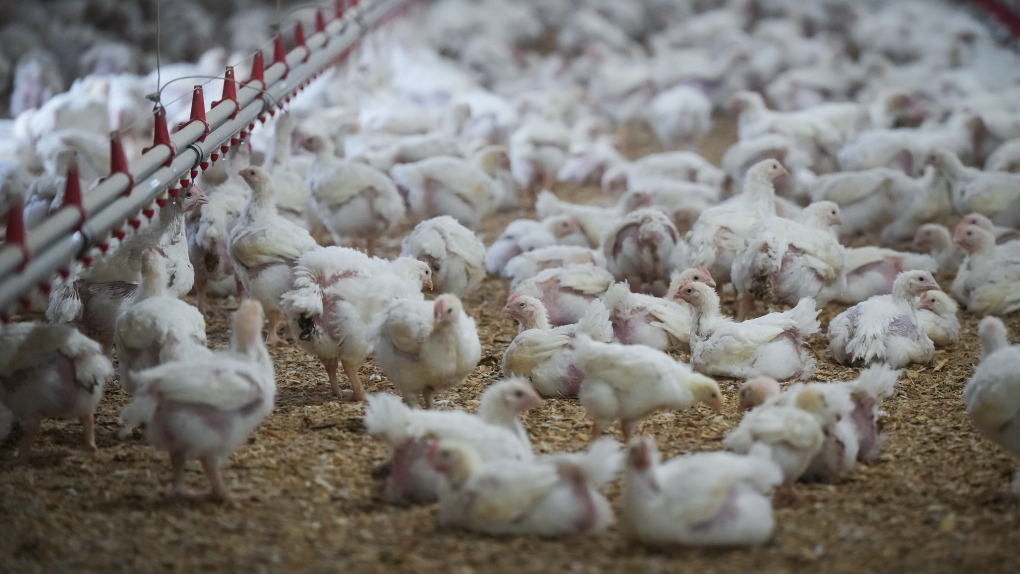A year of elections and digital repression in South Asia: 2024 in focus
Home to 2.07 billion people, South Asian countries account for a quarter of the global population. The region faces many challenges, including steep population growth, rapid urbanization, high poverty rates, and income inequality. Also, it grapples with governance issues, like the backsliding of democracy, rising authoritarianism, and crucial elections, along with economic issues like increasing unemployment, growing inflation, mounting external debt, and more.
While there were numerous significant stories and developments from this region in 2024, Global Voices was able to cover select aspects through our dedicated community of writers and translators. Here is a summary of our coverage for South Asia in 2024, highlighting the different measures several governments took to expand their control over online spaces amid elections and political unrest.
A year of crucial elections
There were several crucial elections in South Asian countries in 2024. On January 7th, the ruling Bangladesh Awami League (AL) secured a fourth consecutive term in a one-sided election, which the opposition and its allies boycotted. However, the new government was short-lived. Starting in July 2024, a student-led uprising, supported by hundreds of thousands of citizens, stood up to state repression and the authoritarianism of the Sheikh Hasina government. The escalating unrest led to anarchy, resulting in her resignation and departure from the country on August 5th, 2024.

People cheering in front of the Prime Minister's office following Sheikh Hasina's resignation. Image by Md Joni Hossain Via Wikipedia. CC BY-SA 4.0.
Check out our special coverage: Turmoil in Bangladesh
The February 8 general elections in Pakistan were regarded as one of the least credible elections of the year due to allegations of vote rigging, internet shutdowns, and delays in announcing results. The Pakistan Muslim League (Nawaz) and Pakistan People's Party (PPP) formed a coalition government along with several independent candidates, while independent candidates loyal to imprisoned former Prime Minister Imran Khan's Pakistan Tehreek-e-Insaf (PTI) formed an opposition alliance. The Election Commission of Pakistan revoked PTI's electoral symbol in December 2023, forcing their candidates to run independently.
In June 2024, the ruling Bharatiya Janata Party (BJP) won the Indian general elections, and Prime Minister Narendra Modi secured a third term, further consolidating his power.
Anura Kumara Dissanayake (AKD), the leader of the Janatha Vimukthi Peramuna (People's Liberation Front), became the ninth executive president of Sri Lanka, winning the September 2024 presidential election.
Social media and cybertroops
Over 52.90 million social media users in Bangladesh, mostly on Facebook, became targets of political parties pushing their narratives. Through weaponized misinformation and disinformation, the ruling Awami League (AL) highlighted progress under Prime Minister Sheikh Hasina, often using fake articles and maligning the opposition, while the Bangladesh Nationalist Party (BNP) spread stories of democracy being under threat, rallying followers to resist authoritarianism.
In a Transparency report, Meta reported deleting 50 Facebook accounts and 98 pages from Bangladesh in the first quarter of 2024 for spreading misinformation about the opposition. TikTok reported the removal of over 2,300 accounts from Bangladesh in January alone for attempting to manipulate election narratives. In several instances, the use of AI and deepfakes were also reported.

Protest of PTI supporters in London echoing Imran Khan's call for free and fair elections in Pakistan. Image via Flickr by Alisdare Hickson. CC BY-SA 2.0.
In Pakistan, political parties like the Pakistan Tehreek-e-Insaf (PTI), Pakistan People’s Party (PPP), and Pakistan Muslim League N (PMLN) used social media for their election campaigns, significantly impacting voters. Pakistan's imprisoned leader and former prime minister Imran Khan was seen delivering speeches from his jail cell using artificial intelligence (AI).
With over 800 million internet users, India leads globally Instagram, Facebook, and WhatsApp usage, prompting political parties to utilize social media influencers to amplify their messages. To appeal to a young, hyper-online population, political parties have mobilized thousands of influencers, including gamers, who were able to connect with diverse demographics. Various cartoons, memes, and trolls were also used to push different electoral narratives. The IT cell of the ruling BJP had a history of using data analytics and social media strategies, as demonstrated in the 2014 and 2019 elections. Reports indicate the use of an app called Saral to collect detailed user data ahead of the 2024 elections.
Before the September 2024 elections in Sri Lanka, the leading presidential candidates used social media extensively for campaigns and political narratives focusing on various issues and targets. Dr. Sanjana Hattotuwa published an analysis using a dataset of over 4,000 tweets associated with Presidential candidates Ranil Wickremesinghe (RW), Anura Kumara Dissanayake (AKD), and Sajith Premadasa (SP), depicting how social media crafts polished and ideal personalities. While these characterizations can often be perceived as authentic, this depiction risks being manipulative.
Sri Lanka has approximately eight and a half million Facebook users, many of whom use the platform to discuss elections, politics, and candidates. Using Meta's new Content Library (MCL), Dr. Hattotuwa analyzed the three most popular posts and approximately 1,500 comments each from the official Facebook accounts of presidential candidates RW, SP, and AKD over a 30-day period. The analysis mapped how these candidates are perceived by their core fan base, and the results presented a snapshot of how contemporary political discourse is constructed.

Sri Lankan president Anura Kumara Dissanayake in 2023. Photo by Bunty456 via Wikimedia Commons (CC BY-SA 4.0).
Digital repression as a tool for authoritarianism
There were no major internet disruptions in Bangladesh during the January elections except for a few website blocks. However, during the July protests, mobile internet was shut down intermittently from July 16–August 5, along with bans on several social media platforms. A nationwide complete internet shutdown occurred between July 18 and 23, accompanied by media blackouts that nearly severed all communications with Bangladesh. These measures had a negative impact online as the spread of misinformation and disinformation became rampant.
Pakistan further tightened its restrictions on dissent and free speech this year. Before the February elections, authorities imposed a series of internet shutdowns. Pakistanis faced difficulties accessing the platform X (formerly Twitter) since the February elections, and in April 2024, the government acknowledged banning the platform, citing national security concerns. In August, Pakistan deployed a national firewall to track, block, or restrict content deemed propaganda. While Pakistanis were accessing blocked sites and platforms using VPNs, on November 16, authorities directed the Pakistan Telecom Authority to block unregistered VPNs in an effort to “curb access to terrorist, pornographic, and blasphemous content.” As X users began migrating to Bluesky, another social media platform, reports of blocking that platform emerged in November.

Image by Giovana Fleck, used with permission.
A Civic Media Observatory analysis reveals how the Indian government has actively expanded its control over online spaces in recent years, using website blocking as a key strategy. A March 2024 report by digital rights group Geeks for Geeks noted that over 55,000 websites were blocked in the past decade, with 48 percent blocked under the IT Act. The targets included independent news outlets, hate speech trackers, and streaming platforms.
In January 2024, Sri Lanka introduced the Online Safety Act, which grants an “Online Safety Commission” broad powers to define “prohibited statements,” recommend content removal, and disable access for offenders. Amnesty International deemed it a major blow to freedom of expression in Sri Lanka.













